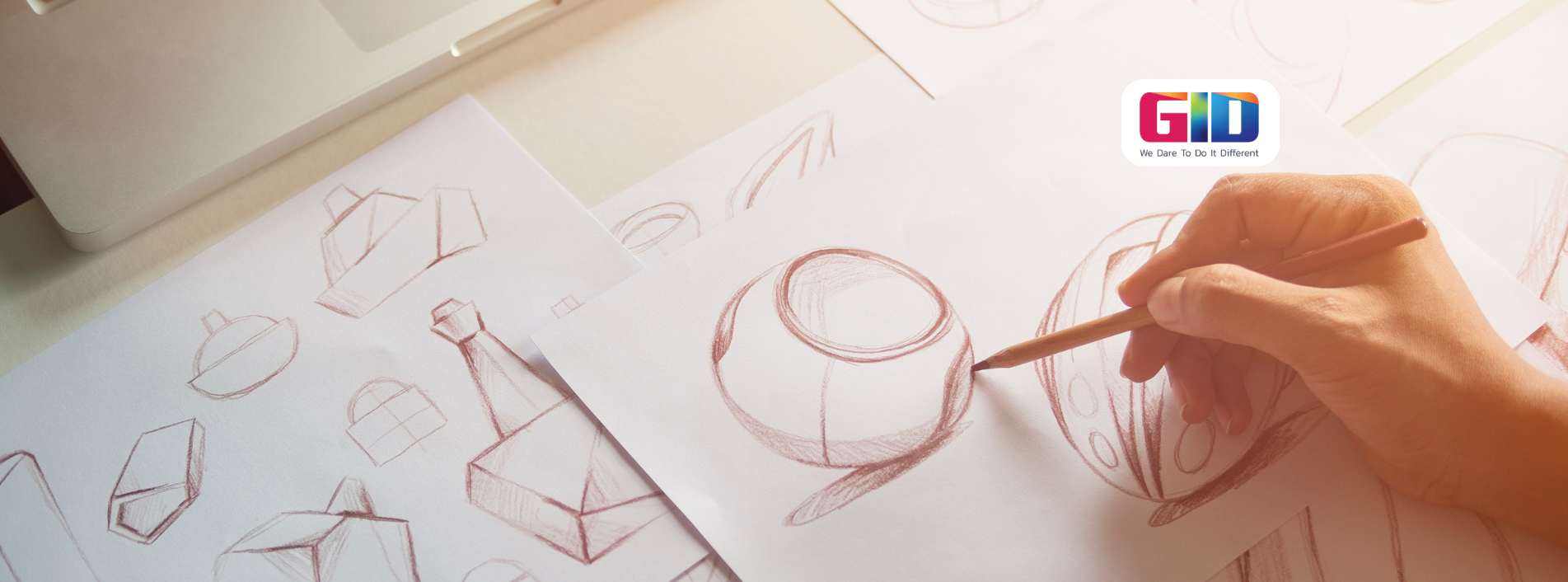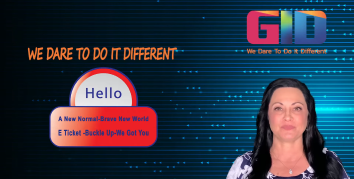Product Prototype Development: An Overview
Valuable 10 Points to Consider Before Product Prototype: Product prototype development is a crucial early stage in the product lifecycle, where a preliminary version of a product is created to test and refine a new design concept. This phase is essential for translating theoretical ideas into practical models, allowing for evaluation by system analysts and end-users. Developing a prototype helps companies assess functionality, usability, and feasibility before committing to full-scale production, identifying issues early and gaining insights into user interaction and product performance.
As product prototype development gains traction among product-based companies worldwide, its significance cannot be overstated. The ability to create and test prototypes efficiently allows businesses to iterate and improve their designs based on real-world feedback, ultimately leading to a more refined and market-ready final product. Among the many points to consider before product prototype creation is how efficiently a company can integrate feedback into each design stage. When looking at the points to consider before product prototype development, understanding the critical aspects of product prototype development – such as design iteration, user testing, and technology requirements – is essential for achieving success and ensuring that the final product meets both functional and market expectations.
Prototype Plays a Crucial Role in Product Development
Hundreds and thousands of new products decorate the store shelves every day; but, have you ever thought about how these products saw the daylight from the bare imagination. All of these products have underwent a lengthy evolution process before you rested your eyes on them. A custom product development process includes three major phases; designing phase, prototyping phase and the production phase. All the three phases are equally important; but, let’s focus on product prototyping. There are around 10 points to consider before product prototype.
A product prototype development is a working model of your ideas, which allows you to test the pros and cons of ideas before it enters the market. Most products-based companies run through numerous prototypes while developing a new product as to get a clear understanding about, how customers will use it, and whether it will stand up to the expectations or not. When developing such models, knowing the points to consider before product prototype can help avoid costly mistakes and ensure better market readiness.
In most cases, the process of product prototype development and testing is repeated multiple times until the desired result is obtained. Each time, the product design is improved with stuff added or removed to outline a final and working prototype. The working prototype is the final version and is designed to manufacture the fully functional end product. Keeping in mind the points to consider before product prototype at this stage ensures the final version aligns with the intended design, usability, and functionality.
Key Points to Consider Before Product Prototype Development
A fully functional Product Prototype Development helps engineers to create the final product with specified functions. However, there are some important points to consider before you start prototyping your ideas.
Product Attributes and Characteristics
What are the key attributes and characteristics of your product? Clearly define these aspects to guide the prototype development and ensure the final product aligns with your vision. This one of the key valuable 10 points to consider before product prototype
Unique Value Proposition
What unique value will your product offer that is not available in other market options? Identifying this will help in designing a prototype that stands out and meets market needs. This is one of the important Points to Consider Before Product Prototype development.
Expected Product Lifespan
What is the anticipated lifespan of your product? Consider how long the prototype should last to ensure durability and relevance throughout its lifecycle.
Product Purpose
What is the primary function and purpose of your product? Make sure the prototype addresses these needs effectively and fulfills its intended role.
Technological Requirements
Will the prototype require new or advanced technology for manufacturing? Assess if specialized technology or materials are needed to develop a functional prototype.
Development and Production Logistics
Where will the product be developed, packaged, promoted, and sold? Consider the logistics involved in bringing the prototype to market and how it will be scaled for production.
Cost and Pricing Considerations
What will be the manufacturing cost, and what will be the product’s market price? Evaluate the cost of creating the prototype and its impact on the overall budget and pricing strategy. This is one of the important Points to Consider Before Product Prototype development.
Regulatory Compliance
Is your product compliant with relevant government regulations? Ensure that the prototype meets all necessary standards and regulations.
Safety and Environmental Impact
Is your product safe for users and environmentally friendly? Consider the safety features and ecological impact of the prototype to ensure it adheres to safety and environmental guidelines.
Potential Legal Issues
Could your product face patent infringements or other legal challenges? Assess any potential intellectual property concerns or legal issues that might arise during the prototype development process. This is one of the last valuable 10 points to consider before product prototype.
Where Can I Go For Product Prototype Development?
As we all know, every product starts with an idea; but, bringing that idea into a fully functional prototype demands time, money, experts and a lot of hard work. Fortunately, there are some resources like GID who has the potential to bring ideas to life. GID is a product development company based in California filled with like-minded professionals who love to collaborate and transform ideas into reality with rapid prototyping. These are valuable 10 points to consider before product prototype. Remember to these valuable 10 Points to Consider Before Product Prototype development.
GID – Get it Done is a high standard product development firm that specializes in producing prototypes for plastic, production equipment, metal, electronic and many more. For more information, you can contact our professionals at info@gidcompany.com or visit our website to view our Product Development Portfolio. You can also call us at 714-323-1052. For the latest updates and insights, follow us on Facebook! Follow us to learn more about these valuable 10 points to consider before product prototype.
Read Also: What are Important Points to Consider Before Product Prototype Development

















